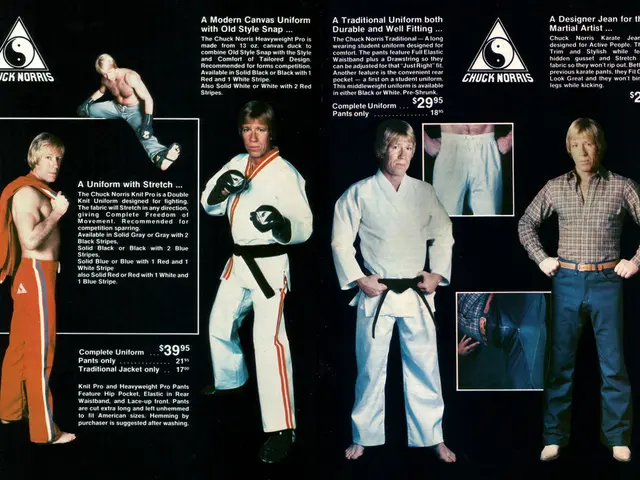Understanding Sleeping Bag Temperature Classification
In the realm of outdoor adventures, selecting the right sleeping bag is crucial for a good night's rest and ensuring warmth during chilly nights. Here's a breakdown of key factors to consider when choosing a sleeping bag that suits your specific needs.
First and foremost, the **temperature rating** is often the most critical factor. Sleeping bags come with ratings indicating the lowest temperatures at which they can keep sleepers warm. These ratings usually include a comfort rating (the temperature a cold sleeper can stay comfortable) and a limit rating (the temperature a warm sleeper can endure safely). The EN and ISO standards provide consistent, lab-tested temperature ratings based on standardized conditions, making them reliable guides.
Another important consideration is the **insulation type**. Sleeping bags typically use down or synthetic insulation. Down offers better warmth-to-weight ratio but loses insulating properties when wet, while synthetic is heavier but retains warmth better in moist conditions.
**Weight and packability** are essential factors, particularly for backpackers. Look for bags that compress well without compromising insulation and are light enough for your travel style.
**Design features** like a draft collar and draft tube around the zipper prevent cold air infiltration, enhancing warmth. Quality zippers prevent snagging and improve usability.
**Sustainability** is increasingly important, and some brands offer sleeping bags made with recycled materials and ethical down certifications. Water-repellent (DWR) coatings that are PFC-free can enhance durability and environmental friendliness.
Regarding the **EN and ISO temperature rating systems**, these standards provide a consistent way to measure sleeping bag temperature ratings using a heated mannequin under controlled conditions. The standards define four key temperatures: Upper Limit, Comfort Rating, Lower Limit, and Extreme Rating. The comfort and lower limit ratings are the most useful for choosing a sleeping bag. The comfort rating suits cold sleepers, and the lower limit applies to warm sleepers. The range between these two is often called the *transition zone*, which is a reliable buying guideline.
It's essential to consider the R-value of your **sleeping pad** when buying a sleeping bag, as a higher R-value provides more insulation and warmth. Factors like the shape, features, and age of the sleeping bag can affect its warmth.
When buying a non-EN/ISO-rated bag, it's recommended to give oneself a buffer to work with and to read reviews of the specific bag. Some U.S.-based sleeping bag manufacturers have adopted the EN or ISO testing methods, while others set their own temperature ratings.
Remember, every individual runs at a different temperature based on factors including gender, body mass, circulation, and age. Wearing the right layers can significantly impact warmth during backpacking, and merino wool is a premier insulator in the outdoors, warm, wicks moisture, and doesn't build up stink like most synthetic fabrics.
In summary, when selecting a sleeping bag, prioritize one with temperature ratings aligned to your expected conditions, verified by EN/ISO standards for reliability. Balance insulation type, weight, and features according to your activity and preferences, and consider sustainability and durability for long-term satisfaction. The EN/ISO systems help you make informed choices by providing consistent, comparable temperature benchmarks.
- In outdoor adventures like backpacking, camping, and hiking, choosing a sleeping bag with an appropriate temperature rating is paramount for maintaining health-and-wellness, ensuring sleep quality, and staying warm during chilly nights.
- Sleeping bags can have down or synthetic insulation; down offers better warmth-to-weight ratio but loses insulation when wet, while synthetic retains warmth better in moist conditions.
- For backpackers, weight and packability are significant factors, so consider bags that compress well without compromising insulation and are light for your travel style.
- Design features like a draft collar and draft tube around the zipper, as well as quality zippers that prevent snagging, can minimize cold air infiltration and improve comfort during sleep.
- Sustainability is increasingly important for health-and-wellness and the environment, making it crucial to opt for sleeping bags made with recycled materials and ethical down certifications. Additionally, a water-repellent (DWR) coating that's PFC-free can enhance durability and promote eco-friendliness.








